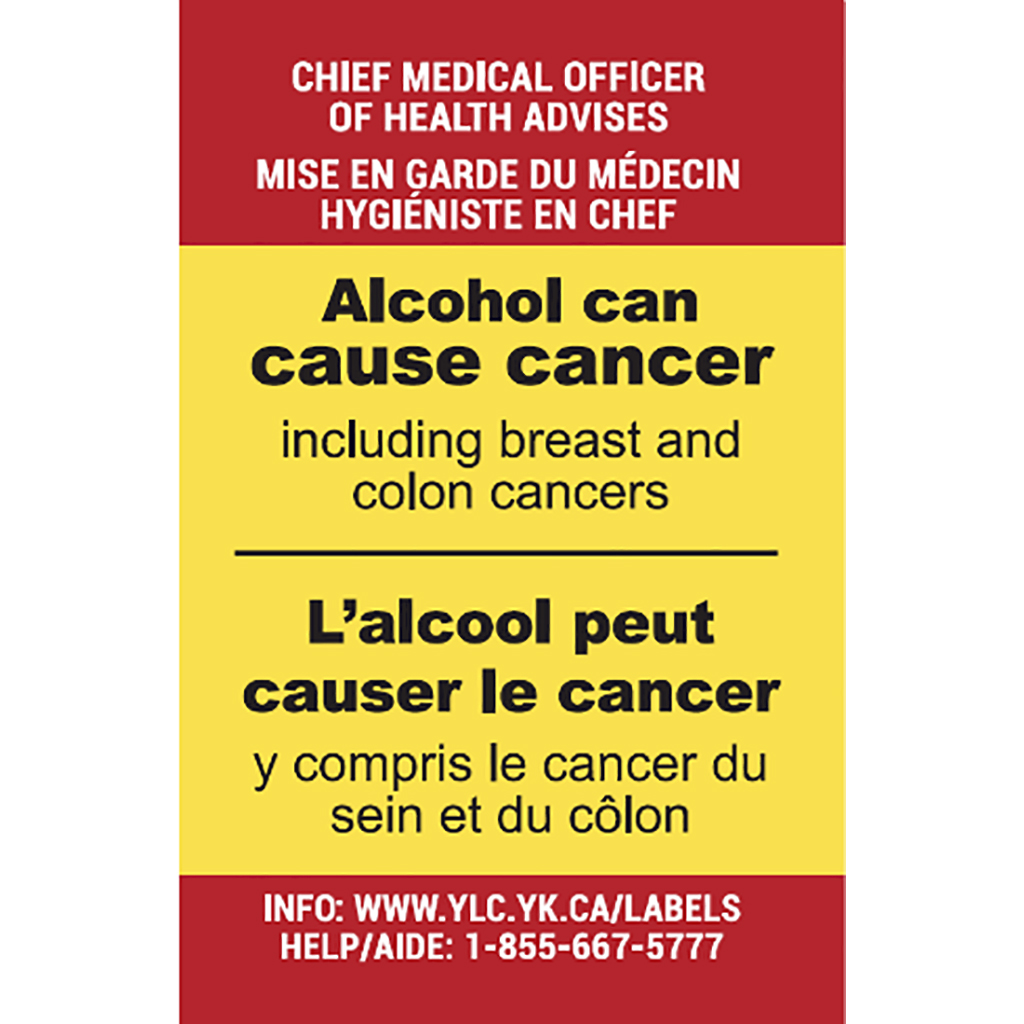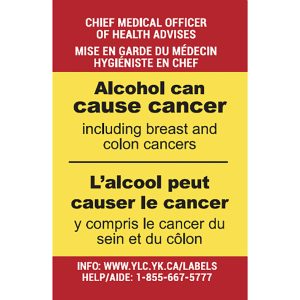
 Alcohol as a Cancer Cause, Not Just a Correlation
Alcohol as a Cancer Cause, Not Just a Correlation
For year, alcohol researchers have been sounding the alarm on the link between cancer and alcohol consumption. This week, that same alarm resonated in the nation’s highest public health office. On January 6th, United States Surgeon General Vivek Murthy released an advisory detailing the growing body of evidence tying alcohol consumption to increased risks of developing a number of cancers. Based on existing studies, the advisory estimates an annual toll of approximately 96,000 alcohol-related cancer cases and 20,000 annual deaths in the U.S. But the sheer burden of disease is only part of the story. For at least 35 years now, U.S. alcohol industries have worked to obscure the truth that any amount of consumption brings risk.
The alcohol–cancer link has been long studied and is well supported. Epidemiologists have been investigating the connection for over a century. Liver cancer and alcoholic cirrhosis are interrelated, and are very common causes of mortality from long-term drinking. Over the years, studies have linked other cancer sites to alcohol consumption, including the the mouth, digestive tract, rectum, and pancreas. The major shift in the public’s view of alcohol harm may have been powered by increased awareness of alcohol’s causal role in breast cancer. While most consumers, up until then, understood that drinking could be broadly hazardous, the work on breast cancer emphasized that risk begins rising with the first drop consumed.
The Surgeon General report/alert clearly emphasizes that for many cancers, increased risk starts with the first drop of alcohol and continues to increase with higher consumption. According to key studies from the past decade, risks for many cancers are slightly higher for those who drink a little, and increase linearly from there—this is referred to as a dose-response relationship. Identifying this kind of relationship is critical to informed guidelines which protect the public health.
Those guidelines can serve an important role in encouraging informed consumption, even for people who feel they already understand the risks. Most people who follow medical reporting are aware of the caution, “correlation is not causation.” Many statistical findings determine that a risk factor is associated with, or correlated with, a disease or consequence. The challenge then becomes to see if that correlation is causal—whether the presence of the first is the reason why the second has occurred. To assert that the link is causal, data should be able to meet several benchmarks—including the dose-response relationship that has become evident with cancer.
The Surgeon General highlighting causal findings comes on the back of a growing international consensus that the cancer risks are under-recognized. In 2018, the Global Burden of Disease collaborative—a transnational group of over a hundred multidisciplinary researchers—looked at worldwide alcohol consumption and, driven in part by the incidence of cancer, found that there was no safe level of alcohol use. Likewise, the World Health Organization has recently become emphatic about the real and substantial toll of alcohol-caused cancers in Europe. By, in possibly his last act in office, bringing the highest health authority in the U.S. into agreement with the international viewpoint, Dr. Murthy has spurred on the national discussion of whether the safety of alcohol consumption is being accurately addressed.
The Persistent Myth of the “J-Curve”
Much of the counterargument derives from proponents of the “j-shaped curve.” This idea emerged in the 1970s, based on some findings that “moderate” drinking was associated with fewer cardiovascular disease-related deaths, as compared to both heavy drinkers and non-drinkers. That “dip” in risk formed the lower loop of the “j”, and starting in the early 1990s, Big Alcohol began pushing it heavily. By the 2010s, however, the finding had been challenged on at least two fronts. First, those surveys missed important confounders, primarily but not exclusively the idea that nondrinkers abstain for a reason—most often existing health problems. Second, “light” drinking may have been a marker for other other protective factors that these specific large population-based studies could not or did not measure.
In the past decade, researchers have used more sophisticated techniques to take apart the very broad, population-level assessments that established the j-shaped curve, frequently finding that it did not hold up to closer evaluation. Nonetheless, the possibility that alcohol could be marketed as healthy remained tantalizing to the industry, culminating most recently in a similarly flawed meta-analysis from the National Academies of Science, Engineering, and Medicine that again pooled studies from that population perspective to once again draw the same curve. In this context, the Surgeon General’s advisory could not have been better timed, as it broadened the awareness of alcohol harm to include the unequivocal causation of cancer.
And that does not include the other disease outcomes that are increasingly linked to alcohol use. Population studies mostly ignore acute harms, including violence, suicide, murder, car crashes, accidental injuries, and facilitating sexual assault and intimate partner violence. As Dr. Murthy states, cancer should be part of any coherent health warning, but it is not the last word. No informed recommendations around drinking can conclude that any amount of alcohol consumption is safe. Although news coverage frequently invokes the 1964 Surgeon General’s report on smoking that began the modern tobacco control movement, the most recent advisory does not break new ground the same way. Rather, it merges into the avalanche of understanding of alcohol harms that is already underway.
LINKS:
READ MORE – the complete Surgeon General’s Advisory.
READ MORE about the myth of healthy drinking.
